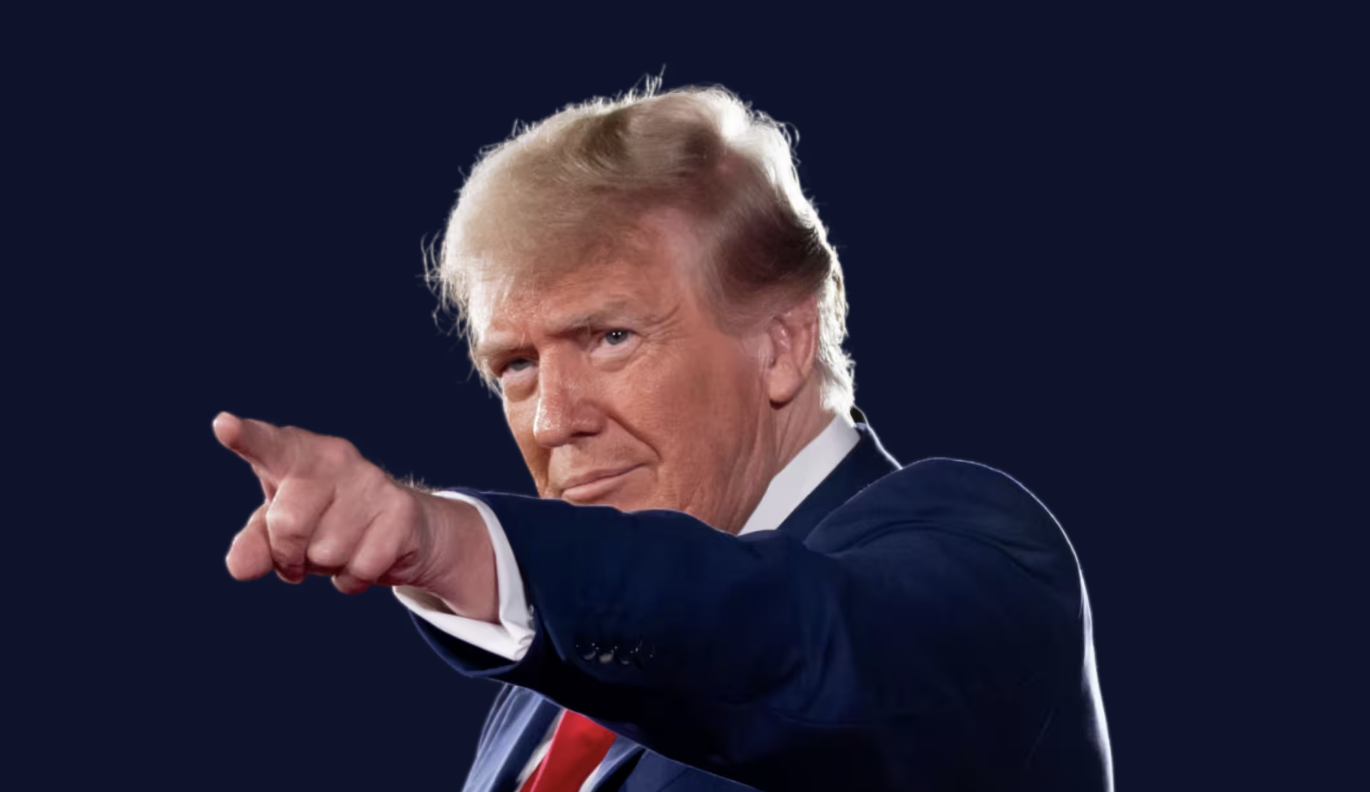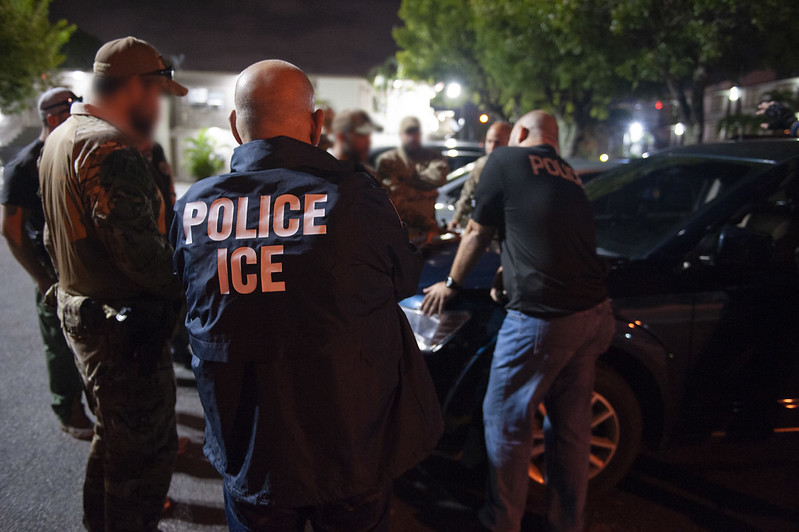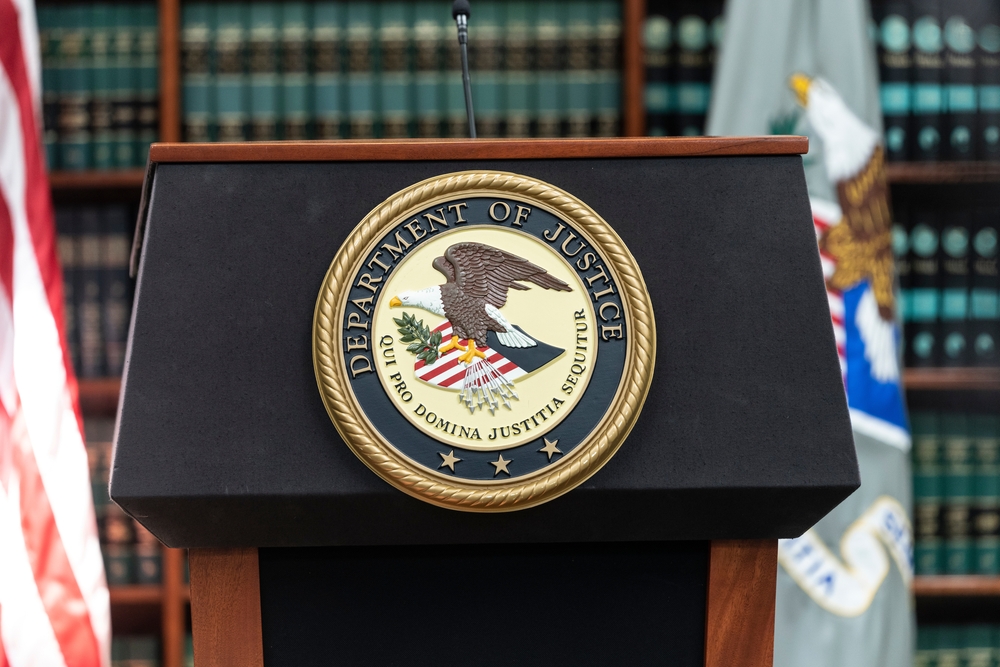Greg Stejskal served as an FBI agent for 31 years and retired as resident agent in charge of the Ann Arbor office.
By Greg Stejskal
ticklethewire.com
In the Spring of 1989, a drama fraught with irony began playing out in Austria. A Jewish American family, a mother and her two grown sons, were fighting extradition to the US. About 50 years before, Jewish families were desperately trying to leave Austria for safe havens like the U.S.
The subjects of the extradition were Linda Leary and sons, Paul and Richard Heilbrunn. They fled to Austria from Indiana in anticipation of an indictment that was returned by a Federal Grand Jury in November, 1987. The indictment ran 136 pages and contained 53 counts variously charging 34 people. Paul and Richard were specifically charged with running a massive marijuana smuggling and distribution operation, legally termed a “Continuing Criminal Enterprise” (CCE). According to the indictment the ring operated from 1975 to 1985. It distributed more than 150,000 lbs. and took in more than $50 million in cash. The figures were subsequently revised upward to 250,000 lbs. and $50 to $100 million. It would prove to be the biggest marijuana ring ever prosecuted by the US.
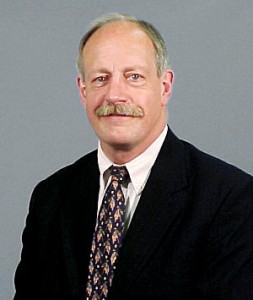
Paul Heilbrunn was characterized as the ring leader of the enterprise. Testimony later depicted him as both respected and feared. He was referred to as “Melech,” Hebrew for king. Although Paul was a high school dropout, he was by all accounts a brilliant businessman. Prior to the indictment, he was believed to be a successful commodities trader in Indianapolis and wrote a column on trading for the local newspaper. He was a bon vivant who favored three-piece suits, frequented the finest restaurants and drove a top of the line BMW. He on several occasions rented jets and flew his friends to such events as the Super Bowl and the NCAA basketball finals.
His older brother, Richard, on the other hand was described as a big Teddy bear. He lived on a farm and usually wore flannel shirts and jeans. Richard supervised operations while Paul was the CEO.
Their mother, Linda Leary, was twice married and divorced. She had kept the name of her second husband. Leary was prominent in the Indianapolis community. She was the head of the Indiana League of Women Voters and president of the local chapter of the National Council of Jewish Women.
Leary was also involved in her sons’ business ventures. An early venture was dubbed Heilbrunn and Friends, ostensibly it was a health food distribution business -a good front for marijuana distribution. The “friends” were high school buddies who had setup marijuana sales networks at colleges they attended. But soon the network was supplying customers outside the campuses in eleven Midwestern states. Most of the marijuana came by ship from Columbia, Jamaica and Thailand – an exotic global operation. It was then trucked to Indiana where it was stored in barns that were owned or rented by the Heilbrunn organization.
Paul Heilbrunn had structured the organization so that information stovepiped, that is, information moved up and down, but only flowed between members as was necessary. This limited what any member could divulge should they choose to cooperate with law enforcement.
Paul also had attorneys set up offshore corporations in the Bahamas and Panama to launder the proceeds from the marijuana operation. Linda Leary was designated as the head of several of these corporations. Much of the laundered money was transferred back into the US and used to fund loans often for Indiana businesses.
In the present the paradigm has changed – now with so many states legalizing marijuana, it’s almost like looking back on prohibition. The Heilbrunns and their cohorts weren’t protesting the illegality of marijuana. Rather like the bootleggers, they were taking advantage of a restricted market. They could set the price, had little competition and the profits were tax free.
The Beginning of the End of The Empire
The beginning of the end for the Heilbrunn empire occurred when in 1983 a cocaine dealer was arrested. The dealer had previously worked for the Heilbrunns, but had been let go for drug use. He offered to tell what he knew about the Heilbrunn operation as part of plea bargain. There is no honor among thieves and little to none among drug dealers.
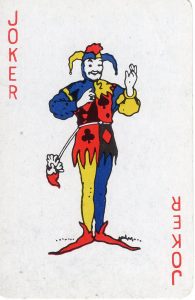
After the arrest of the cocaine dealer, law enforcement meticulously put together a case against the Heilbrunn organization which culminated in the 1987 federal indictment. Most of the 34 people charged were known to the federal grand jury that returned the indictment with the notable exception of one indictee who was referred to as “John Doe, also known as the Joker” like Batman’s nemesis. There were also two female subordinates to the Joker – named as Jane Does, aka, “Tipper and Topper.” (This probably was a disappointment to comic book purists who were anticipating a female code name like Catwoman.)
While the Heilbrunns were fighting extradition, most of the indictees were prosecuted and convicted. Some cooperated and agreed to testify against others including the Heilbrunns. In one of the co-conspirator’s trial, there was testimony about the Joker. He was depicted as “Paul Heilbrunn’s trusted and valued peer,” whose Michigan based operation did business with Heilbrunn and his associates. But no one in the Heilbrunn organization other than Paul himself seemed to know Joker’s true identity.
One person in the Joker’s organization had been identified and prosecuted for having stored a 40,000 lb. load purchased by the Joker from Heilbrunn. That person was James Shedd who owned a barn in Ypsilanti Twp. just southeast of Ann Arbor where the load was stored. (Shedd had also previously been the manager of the Sidetrack Bar, a locally famous and historical place in Ypsilanti.) Shedd had refused a plea deal and would not identify the Joker. That stand may have been based more on compensation from the Joker than honor.
It became a personal challenge for me to identify the Joker. It was a matter of pride. The Joker was a huge marijuana dealer who had been operating in my territory with impunity.
There was an individual who had become disenchanted with the Joker’s enterprise and reportedly had a falling out. I decided to see what if anything I could learn from him that might identify the Joker.
Over the next several months, we periodically met for coffee. We talked about a lot of things: sports, politics and although nothing specific was discussed, drugs. Slowly I gained his trust. I explained to him I would never disclose his identity, and any information he provided would be reported in such a way as to not divulge his identity. At no time did he ask me about any payment for information nor did I offer him any compensation. We both understood if he were to provide information, it would be because it was the right thing to do.
We began to discuss some specific things regarding marijuana distribution in Michigan. In early 1989, I asked him if he could help me identify the Joker. His reply was, yes, he could help – he could tell me who the Joker was – he was James Hill.
I immediately began to investigate James Hill. I found that James F. Hill owned a house in an affluent part of Ann Arbor. He also owned a business in Ann Arbor, an ice cream shop on Main Street, “The Lovin’ Spoonful.” And he owned and lived on an 80-acre farm just west of Ann Arbor. Hill had a master’s degree from the University of Chicago. Hill had no criminal record except he had been arrested for a traffic violation in 1973. It was nothing serious, but there was an arrest photo.
I sent a copy of the photo to Indianapolis, and after seeing the photo several of cooperating witnesses identified James Hill as the person they knew as the Joker.
The FBI Ann Arbor Office
Indianapolis obtained an arrest warrant for Hill, aka, the Joker. Early the next morning we set up an arrest team at Hill’s farm. When he was observed leaving the farm, we arrested him and took him to the Ann Arbor FBI office. I explained to Hill that he had been identified as the Joker in a federal indictment from Indiana charging him with multiple drug trafficking violations, and he would be taken to Detroit to be arraigned. He would likely remain in custody until he was transported to Indianapolis. He didn’t really question anything and seemed to have expected to be arrested. He indicated he would be cooperative, but he didn’t want to be interviewed until he got to Indianapolis.
When the media learned of Hill/the Joker’s arrest at the arraignment, they wanted to know how he had been identified. Rather than say nothing and encourage speculation, I made a statement that one of the cooperating witnesses in Indiana had identified him which was partially true.
Hill was removed to Indiana and did cooperate. Tipper and Topper were identified as sisters, Jennifer and Patricia Hanlon of Ann Arbor. They later pleaded guilty and were each sentenced to six years.
In late 1989, the Heilbrunns lost their two-year fight against extradition and were returned to the US.
In October 1990, Hill pleaded guilty and agreed to testify against the Heilbrunns. In his plea agreement, Hill admitted to having received several 1,200 to 2,000 lb. shipments of marijuana starting in 1976. Then between March and November 1985, Hill received marijuana shipments of 18,000 lbs., 20,000 lbs., 40,000 lbs. and a pair of 2,000 lb. loads from the Heilbrunn organization. Hill said he made his last payment to Heilbrunn in 1986. By then he had paid the Heilbrunn organization about $20 million for more than 100,000 lbs. marijuana.
James Hill was sentenced to 20 years. Because he had pleaded to having run a Continuing Criminal Enterprise all of his assets were subject to forfeiture. The US District Court Judge said that Hill would have received harsher punishment if not for his cooperation.
In January 1991, Linda Leary also pleaded guilty and agreed to testify against her sons. She was subsequently sentenced to nine years.
There was no trial of the Heilbrunns. Paul and Richard pleaded guilty in April, and in July 1991, they were sentenced. Richard got 13 years. Paul, the King, who had also pleaded to CCE, received 28 years. Thus, ended the Heilbrunn empire.
To my knowledge no one ever learned the identity of the source who identified the Joker.

